This book is a publication of
INDIANA UNIVERSITY PRESS
Office of Scholarly Publishing
Herman B Wells Library 350
1320 East 10th Street
Bloomington, Indiana 47405 USA
iupress.indiana.edu
Telephone 800-842-6796
Fax 812-855-7931
2014 by Tobias Philbin
All rights reserved
No part of this book may be reproduced or utilized in any form or by any means, electronic or mechanical, including photocopying and recording, or by any information storage and retrieval system, without permission in writing from the publisher. The Association of American University Presses Resolution on Permissions constitutes the only exception to this prohibition.

The paper used in this publication meets the minimum requirements of the American National Standard for Information Sciences Permanence of Paper for Printed Library Materials, ANSI Z39.481992.
Manufactured in the
United States of America
Library of Congress
Cataloging-in-Publication Data
Philbin, Tobias R.
Battle of Dogger Bank : the first dreadnought engagement, January 1915 / Tobias R. Philbin.
pages cm. (Twentieth-century battles)
Includes bibliographical references and index.
ISBN 978-0-253-01169-5 (cloth : alk. paper) ISBN 978-0-253-01173-2 (e-book)
1. Dogger Bank, Battle of the, 1915. 2. Germany. Kriegsmarine History World War, 19141918. 3. Great Britain. Royal Navy History World War, 19141918. I. Title.
D582.D6P55 2014
940.4'55 dc23
2013038546
1 2 3 4 5 19 18 17 16 15 14
This book is dedicated to Bryan Ranft,
Professor Pater, educator, and scholar.What the country needs is the annihilation of the enemy.
Vice Admiral Horatio Nelson
Gaining military victory is not in itself
equivalent to gaining the object of war.
Captain B. H. Liddell Hart
Preface
This book is designed to provide new insights into the first battle between the largest fighting machines of the early twentieth century. It seeks the reasons for the battle in the context of what was basically a stalemate on the ground in the opening phases of World War I. The ships involved were novel, powerful, and regarded as national assets that were not to be risked lightly, but which could be gambled in an attempt to even the odds for the battle fleets for which they scouted. The prestige and competence of Imperial Germany and the British Empire were at issue. Efforts of the previous twenty years and the investments of hundreds of millions in gold were at risk. Dogger Bank involved dozens of ships and it was a large, cold, and desperate battle, but it was both novel and a precedent for engagements to come.
It is instructive to understand the roles which time and distance played in the North Sea Theater. To this event, the Germans have left posterity with a remarkable little chart showing the distance in Seemeilen, or nautical miles (2,000 yards or 6,000 feet instead of 5,280 feet on land), between all the key points on the chart. This enables us to view the problems faced by the combatants both in time and distance. The North Sea is shallow and treacherous, providing a challenge to simple navigation, much less naval warfare. It is hostage to incredibly foul dangerous weather and low visibility which affected both combatants throughout the war. It is not possible or wise to ignore the role of the other half of the geography of the north German Coast the Baltic. Germany faced the prospect of a naval campaign against Russia during the First World War. The subordination of the Russian navy, like the German, to the land campaign, and the lack of coordination or imagination on their part for most of the war, despite Russia having significant resources, meant that the Germans did not have to concern themselves with Russian initiatives. They could resort to a purely defensive strategy, which retained Baltic sea-lanes for German use, especially support of German raw material imports for her war industries from Sweden, throughout the conflict. To a great extent however, the Germans were able to deter an active Russian fleet policy which might have contested control of the Baltic and opened the German North Sea coast to a Russian amphibious assault Berlin was only ninety miles from the Baltic littoral. The Germans were able to do this because of the Kiel Canal, which would allow transfer of the High Seas Fleet from the North Sea to the Baltic, or the other direction, in a matter of a day. There was always danger from mines, and later from British submarines, but no British Baltic operation was ever attempted. The Baltic was always relevant to German sea power, as this map shows, but it was never operationally decisive, except to prolong Germanys ability to conduct the land war on two fronts and to deny victory to the Russians.
The map in figure A.1 illustrates some basic numbers. From the German main naval bases in the Jade River around Cuxhaven, the distances were: to Scapa Flow 490 nm (the principal Grand Fleet base); to the Firth of Forth 470 nm (the normal British Battle Cruiser Base, and sometimes the Grand Fleet locus); to Hull 310 nm (and most targets on the British east coast); to the Thames 340 nm; to Dover 290 nm; to Portsmouth 400 nm (main British naval base and repair facility). Distances of this magnitude, involving strategic operations either strictly naval or amphibious, would involve planning and logistics on scales unprecedented, but not impossible. The real issue was how to win the war and impose the will of either side by force. The British knew they would eventually win a war of distant blockade with little risk; but they could not know the cost in time or lives while the generals and politicians gambled on other fronts. Fisher and Churchills Baltic ideas were not such chimeras as they have appeared. A battle which deprived the Germans of any significant portion of their fleet would alter the calculus for success or failure in the Baltic, thus potentially upsetting what was for the German army a front that, as long as it was guarded by the navy, contained no risk or threat, but for which there was no reserve or effective defense. The risks in the actions which resulted in Dogger Bank thus contained danger not heretofore obvious.

A.1. Map of strategic distances in the North Sea as illustrated in the German Official History.
The first battle between dreadnoughts took place on 24 January 1915 in the southeastern North Sea. The Germans were frustrated because the British, who possessed what Clausewitzian strategists called brutal superiority, were supposed to attack. Because of this mind-set, and the vaunted British offensive spirit, the Germans believed they would attack. Instead, the war settled down into a series of feints and counter feints, in each of which the other sought to trap their antagonist and resolve the issue with a favorable outcome.


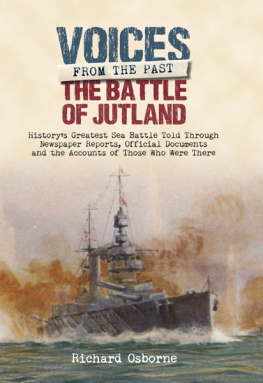
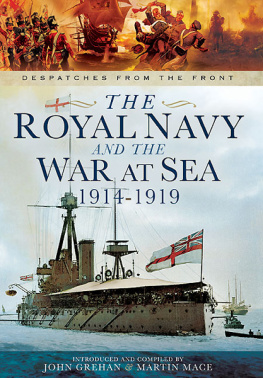





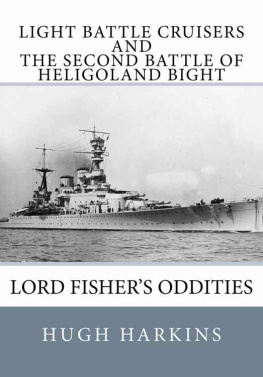
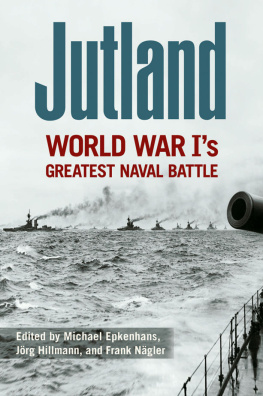
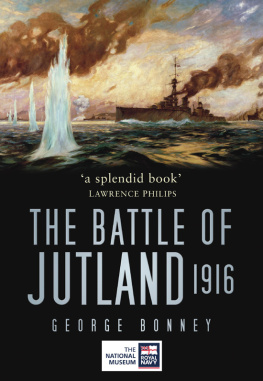
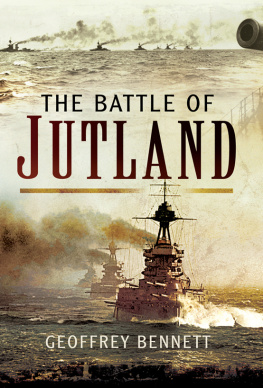


 The paper used in this publication meets the minimum requirements of the American National Standard for Information Sciences Permanence of Paper for Printed Library Materials, ANSI Z39.481992.
The paper used in this publication meets the minimum requirements of the American National Standard for Information Sciences Permanence of Paper for Printed Library Materials, ANSI Z39.481992.